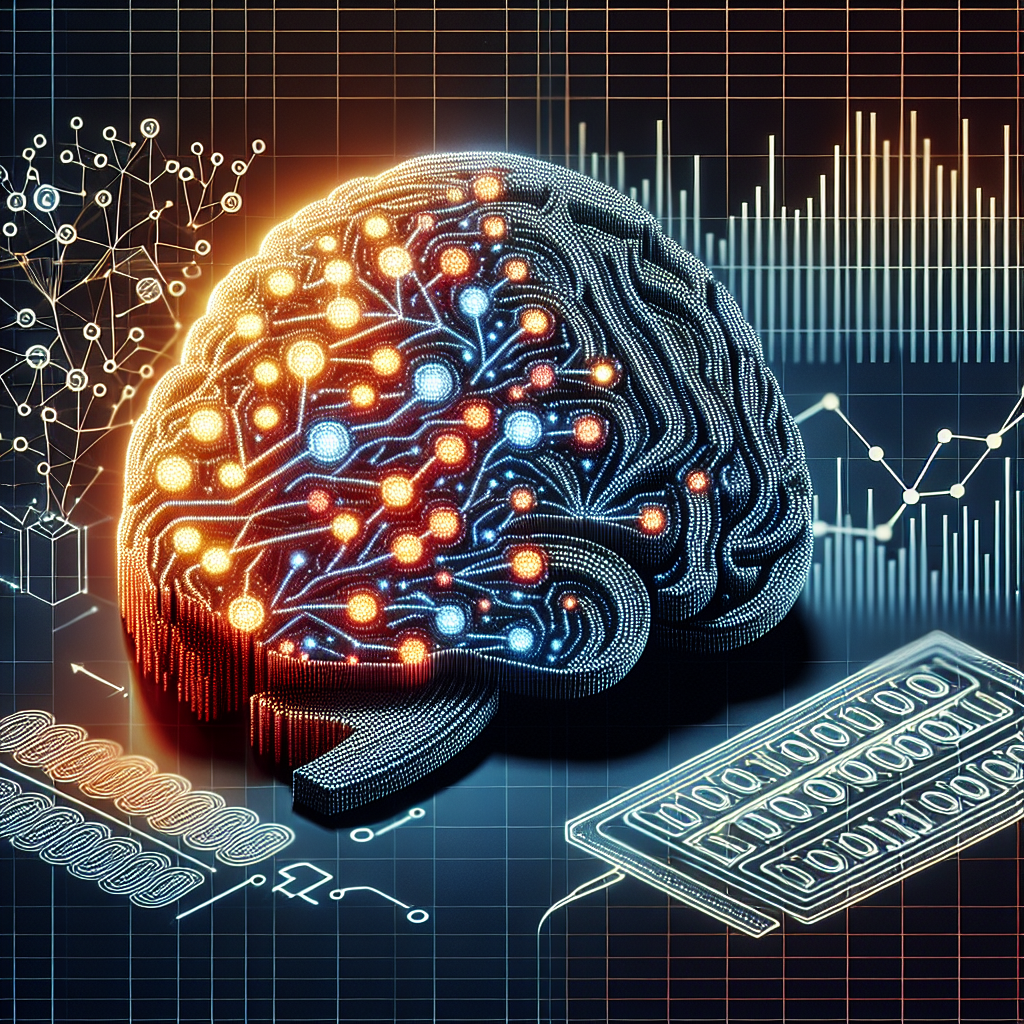Generative AI, also known as generative adversarial networks (GANs), has been making waves in the field of data analysis and visualization. This innovative technology has the potential to revolutionize how we process and interpret data, enabling us to uncover insights and patterns that were previously hidden. In this article, we will explore the impact of generative AI on data analysis and visualization, and how it is transforming the way we understand and interact with data.
Generative AI is a type of artificial intelligence that is designed to generate new data based on patterns and trends found in existing data. This technology works by using two neural networks – a generator and a discriminator – that work together to create and evaluate data. The generator creates new data samples, while the discriminator evaluates the generated data to determine its authenticity. Through this process of iteration and feedback, the generator learns to create increasingly realistic data samples.
One of the key benefits of generative AI in data analysis and visualization is its ability to generate synthetic data that can be used to augment existing datasets. This is particularly useful in situations where the original dataset is limited or incomplete. By using generative AI to create additional data points, researchers and analysts can gain a more comprehensive understanding of the underlying patterns and trends in the data.
Generative AI can also be used to enhance data visualization techniques, enabling analysts to create more engaging and informative visualizations. By generating realistic data samples, generative AI can help to fill in gaps in the data and create a more complete picture of the underlying data distribution. This can lead to more accurate and insightful visualizations that can help to uncover hidden patterns and relationships in the data.
Another important application of generative AI in data analysis and visualization is in the generation of synthetic images and videos. This technology has been used to create realistic images of people, objects, and scenes that can be used to train machine learning models or enhance visualizations. By generating synthetic data, researchers can create more diverse and representative datasets that can improve the performance of their models and analyses.
Generative AI is also being used to create interactive data visualizations that respond to user input. By generating data points in real-time based on user interactions, generative AI can create dynamic and engaging visualizations that allow users to explore and interact with the data in new ways. This can lead to a more intuitive and immersive data analysis experience that can help users to gain a deeper understanding of the underlying data.
In addition to its impact on data analysis and visualization, generative AI is also being used to generate new insights and discoveries in a wide range of fields. For example, generative AI has been used to generate new drug compounds, design novel materials, and create realistic simulations of physical systems. By leveraging the power of generative AI, researchers and scientists can accelerate the pace of discovery and innovation in their respective fields.
FAQs:
Q: How does generative AI differ from other types of AI in data analysis and visualization?
A: Generative AI is unique in that it is designed to generate new data based on patterns found in existing data, whereas other types of AI are typically used to analyze and interpret existing data. This makes generative AI particularly useful for augmenting datasets and creating synthetic data samples.
Q: What are some common applications of generative AI in data analysis and visualization?
A: Generative AI can be used to generate synthetic data, enhance data visualization techniques, create realistic images and videos, and develop interactive visualizations that respond to user input. These applications can help to uncover hidden patterns and relationships in the data and create more engaging and informative visualizations.
Q: How can generative AI benefit researchers and analysts in their data analysis efforts?
A: Generative AI can help researchers and analysts to create more comprehensive datasets, enhance their data visualization techniques, and generate new insights and discoveries in their respective fields. By leveraging the power of generative AI, analysts can gain a deeper understanding of the underlying patterns and trends in the data and accelerate the pace of discovery and innovation.
In conclusion, generative AI is having a profound impact on data analysis and visualization, enabling researchers and analysts to uncover hidden patterns and relationships in the data, create more engaging and informative visualizations, and generate new insights and discoveries in a wide range of fields. As this technology continues to advance, we can expect to see even more exciting applications and innovations that will transform the way we understand and interact with data.

